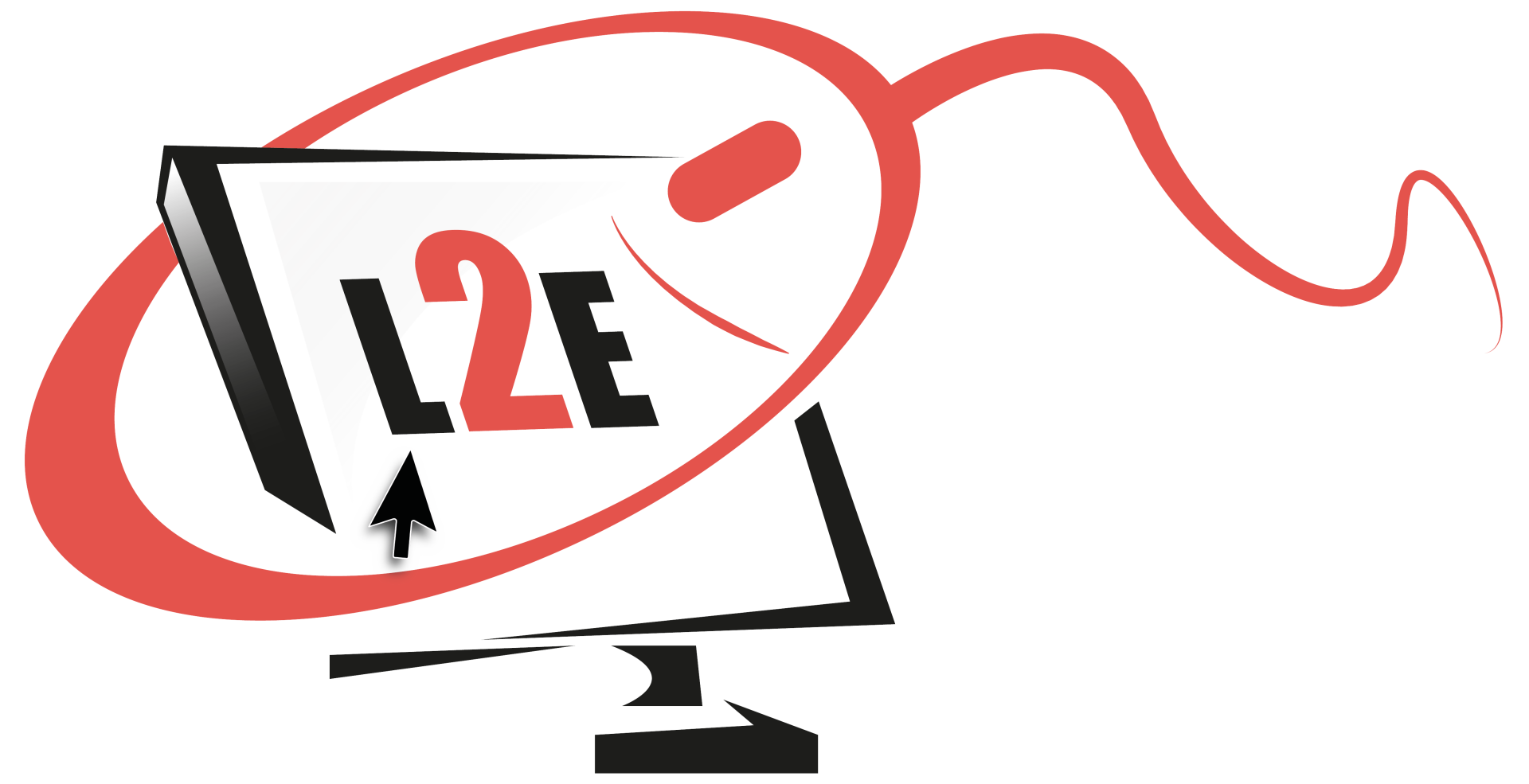When Artificial Intelligence Meets Emotional Intelligence in Leadership
In today’s productivity-obsessed world, leaders are inundated with tools to help them work smarter: automated dashboards, AI writing assistants, CRMs that send follow-ups before you’ve even hit “save.” But here’s a brain teaser for you: What if the real leadership edge doesn’t come from being SMART, but being EMOTIONALLY intelligent?
Welcome to the quirky crossroads where AI (Artificial Intelligence) meets EI (Emotional Intelligence)—two very different kinds of intelligence, each powerful, each essential, and each missing what the other brings to the table.
So… is EI the same as empathy?
Not quite. Empathy is one of the five key components of EI (alongside self-awareness, self-regulation, motivation, and social skills). But EI is broader—it’s your ability to not only understand emotions (yours and others’) but to manage them skillfully. Empathy helps you feel with someone. EI helps you know what to do with those feelings.
AI, on the other hand, is all logic and efficiency. It crunches data, identifies patterns, and responds faster than any human ever could. But it doesn’t feel. It doesn’t interpret tone shifts in a tough conversation. It can’t sense when a team member is burned out but afraid to say it. It won’t see the “subtle smile that masks their stress.”
And that’s the missing piece of today’s leadership productivity equation.
🤖 AI Can Predict Patterns—But EI Predicts People
AI might flag that an employee has missed two meetings and failed to submit their report. But EI helps you pause and ask: “Is something going on with them?” AI gives us numbers. EI gives us nuance.
When leaders lean too hard on data alone, they risk making decisions that ignore human complexity. We can automate workflows—but not human emotions. A burned-out employee might be meeting KPIs but disengaging emotionally. If a leader’s only feedback is from AI, they may miss the moment that matters most.
🧠 EI: The Original Operating System

Think of Emotional Intelligence as the original leadership OS. Long before ChatGPT or predictive analytics, we relied on our intuition, body language, and our gut to guide relationships. And research shows that leaders with high EI drive better team performance, satisfaction, and retention.
Here’s where things get interesting: EI actually improves how we use AI. A leader who’s self-aware can recognize when they’re over-relying on automation and not connecting with their team. A leader with empathy can look at the same customer feedback report and say, “This is more than a trend—it’s a trust issue.”
⚡ Where AI and EI Should Collaborate (Not Compete)
AI is great at suggesting performance goals. EI helps a manager deliver feedback that doesn’t trigger defensiveness.
AI can flag employee turnover risk. EI helps retain talent by creating psychological safety and a culture of belonging.
AI can analyze customer sentiment. EI allows teams to respond with empathy and build loyalty—not just issue credits.
When leaders merge the efficiency of AI with the emotional awareness of EI, that’s where transformation happens.
🔍 So… Should We Ditch AI? Or Is It About Balance?

This isn’t an “AI vs. EI” debate. It’s a “both-and” conversation. AI is an incredible tool. But without the human layer—without emotional intelligence—it’s just that: a tool. One that can’t coach, empathize, or lead through change.
In fact, studies show that organizations that prioritize emotional intelligence in leadership training report higher team productivity and morale. That’s not a coincidence. As AI gets smarter, we need leaders who are more human, not less.
💡 3 Ways Leaders Can Bridge AI and EI

Here are a few actionable strategies for leaders who want to bring both to the table:
- Use AI to inform—but not replace—human interaction.
Let automation highlight trends, but schedule regular 1-on-1s to interpret the context. - Prioritize Emotional Intelligence training.
Self-awareness, active listening, and empathy are muscles—train them like any other skill. - Lead with curiosity, not just commands.
Before reacting to data, ask: “What else could be true here?”
Final Thought: What’s Really Missing from Your Leadership Stack?
AI will keep evolving. It will write emails, run forecasts, and maybe even simulate conversations. But leadership is a human sport. And EI is the gear that keeps it running smoothly.
So, next time you’re planning a productivity initiative, ask yourself:
Is this SMART… or is it also EMOTIONALLY intelligent?
That might just be the smartest question you ask all quarter. Until next time…
About the Author
Cheryl Powell, CEO of Learn2Engage, is in her 29th year as a Virtual Instructional Design and e-Learning Specialist, with clients all over the US and overseas. Additionally, she is a published author of various works of fiction and motivational speaker.
She holds a Bachelor’s in business management, a graduate certification in Project Management, a Master of Science degree in IT Project Management, and an ATD Gamification Level 1 Certificate. She has studied the Adult Learning principles of experts and theorists such as Gagne’s (nine events), Maslow’s (hierarchy of needs), and Dr. Ruth Clark, to ensure her courses, presentations, storyboards, and modules, engage the learner, utilize the proper balance of white space, text and graphics, and result in high Learner Retention rates.
Her clients return year after year for the affordable pricing, her rapid customer response rate, and the benefits they observe in the productivity of their employees after taking her courses.

